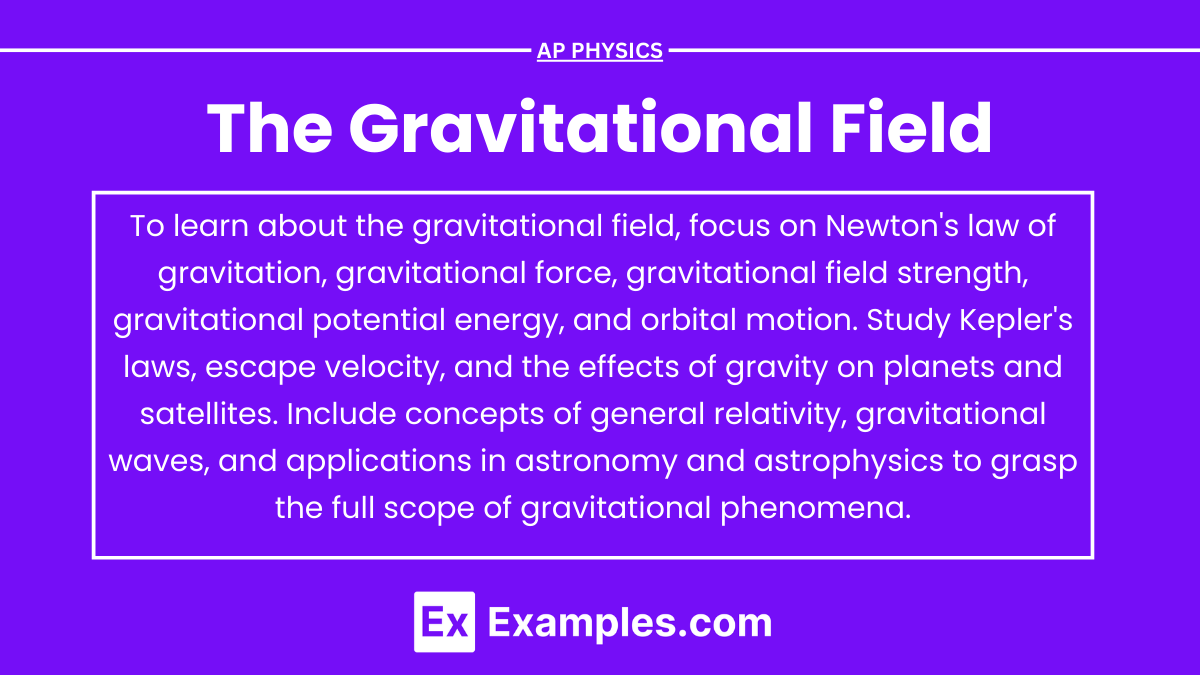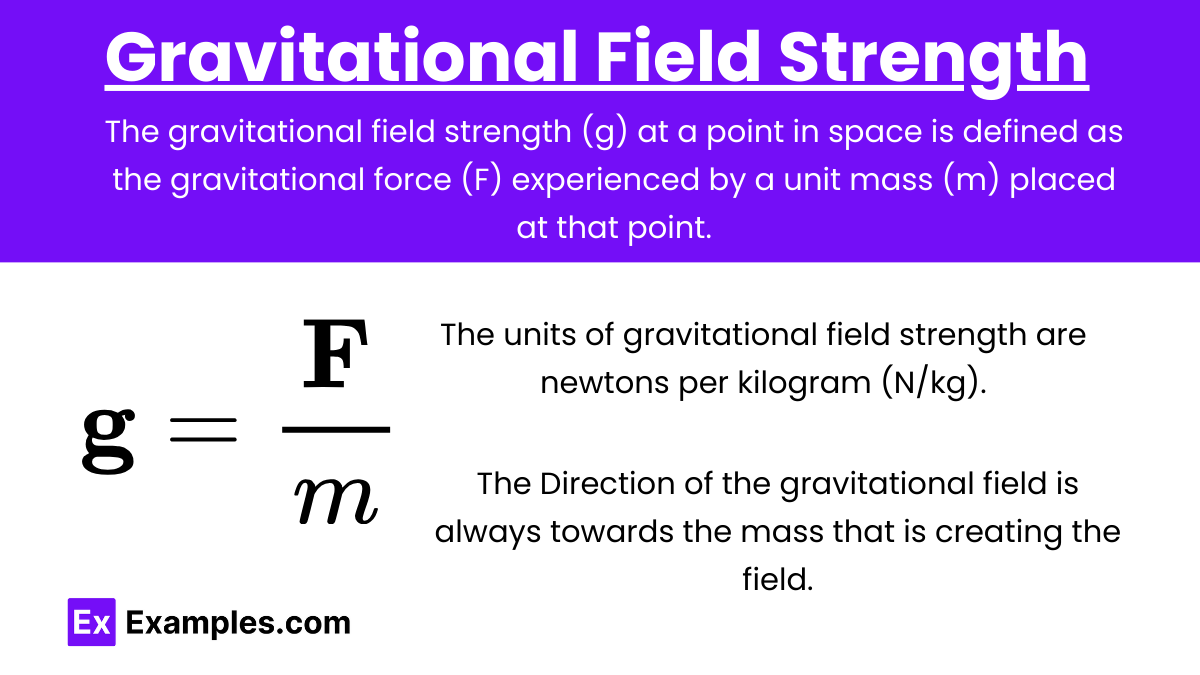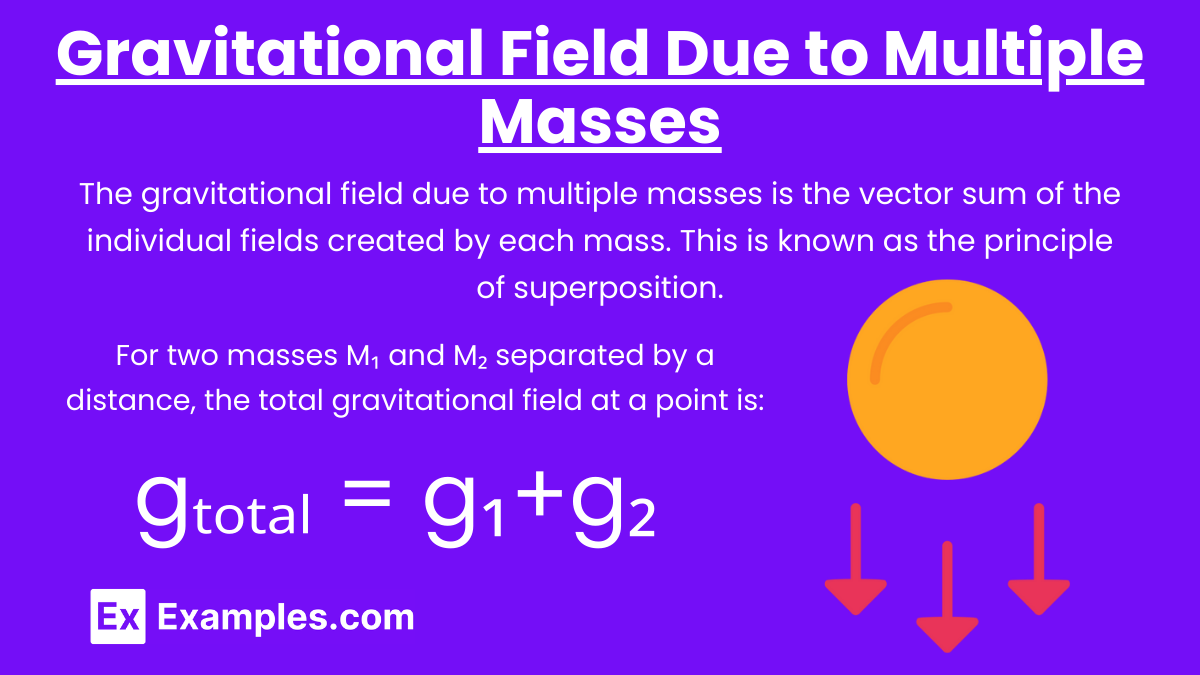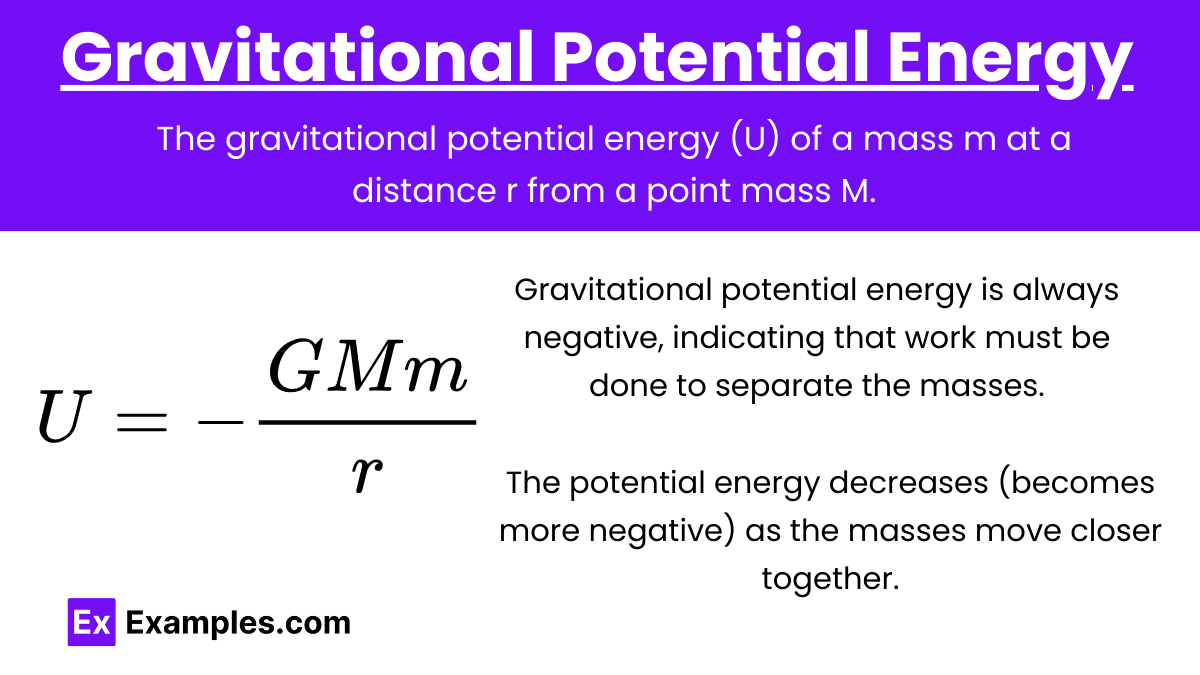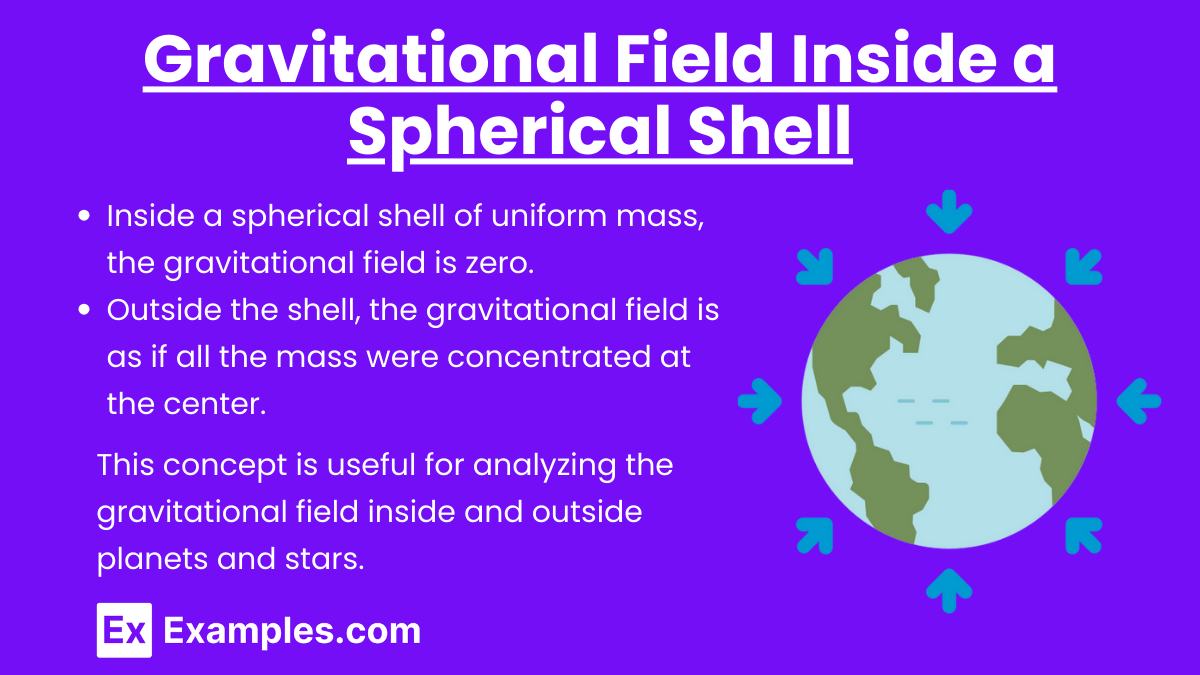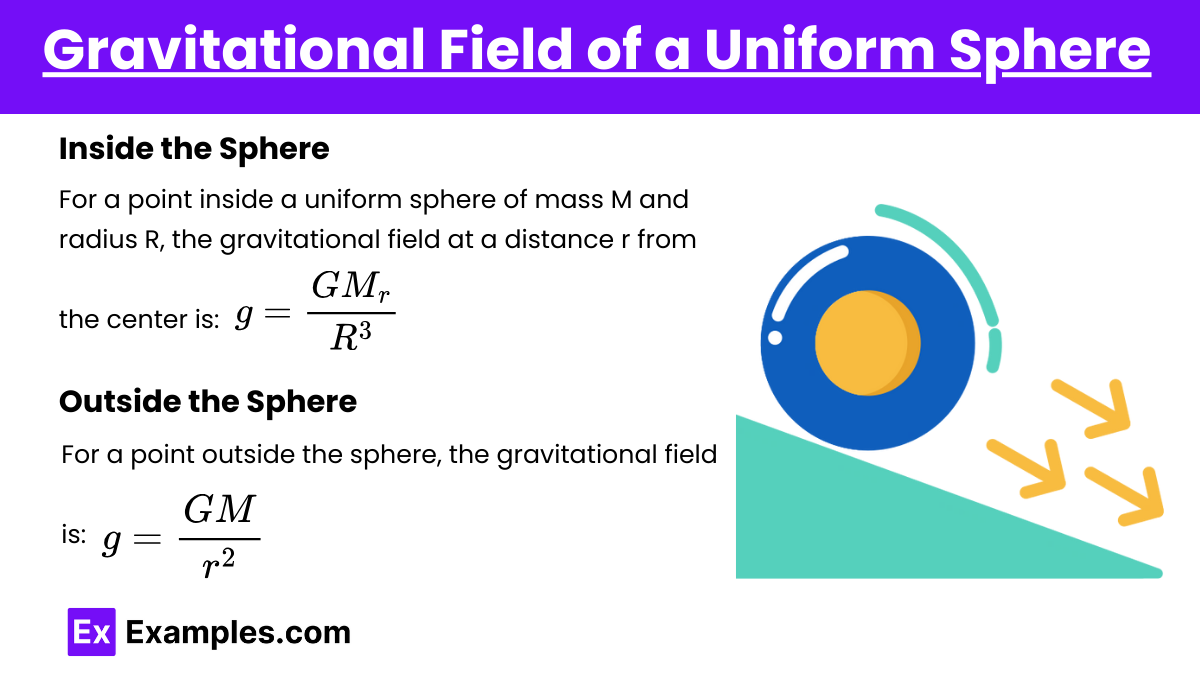Understanding the gravitational field is crucial for mastering topics related to gravity and motion in the AP Physics exam. This topic involves the concept of a gravitational field, its properties, and its effects on objects. Below are detailed notes to help you achieve a high score on your AP Physics exam.
Free AP Physics 1: Algebra-Based Practice Test
Learning Objectives
For the AP Physics exam, learning objectives for the gravitational field include understanding the concept of gravitational force and field, calculating gravitational force between two masses using Newton's law of universal gravitation, deriving and applying the formula for gravitational field strength, analyzing gravitational potential energy, and solving problems involving orbital motion and gravitational potential. Mastery of these concepts will enable you to interpret gravitational interactions and predict the motion of objects under the influence of gravity.
Definition of the Gravitational Field
A gravitational field is a region of space surrounding a mass where another mass experiences a force of gravitational attraction. It is a vector field, meaning it has both magnitude and direction.
Gravitational Field Strength
Formula
The gravitational field strength (g) at a point in space is defined as the gravitational force (F) experienced by a unit mass (m) placed at that point.
\mathbf{g} = \frac{\mathbf{F}}{m}
Units
The units of gravitational field strength are newtons per kilogram (N/kg).
Direction
The direction of the gravitational field is always towards the mass that is creating the field.
Gravitational Field Due to a Point Mass
Formula
The gravitational field strength due to a point mass M at a distance r from the mass is given by:
g = \frac{GM}{r^2}
where:
G is the gravitational constant (6.674×10⁻¹¹N⋅m²⋅kg⁻²)
M is the mass creating the gravitational field
r is the distance from the mass
Properties
The gravitational field strength decreases with the square of the distance from the mass.
The field is radially symmetric around the point mass.
Gravitational Field Due to Multiple Masses
Principle of Superposition
The gravitational field due to multiple masses is the vector sum of the individual fields created by each mass. This is known as the principle of superposition.
Example
For two masses M₁ and M₂ separated by a distance, the total gravitational field at a point is:
gₜₒₜₐₗ = g₁+g₂
Gravitational Potential Energy
Formula
The gravitational potential energy (U) of a mass m at a distance r from a point mass M is given by:
U = -\frac{GMm}{r}
Key Points
Gravitational potential energy is always negative, indicating that work must be done to separate the masses.
The potential energy decreases (becomes more negative) as the masses move closer together.
Equipotential Surfaces
Equipotential surfaces are imaginary surfaces where the gravitational potential is constant. Key properties include:
No work is required to move a mass along an equipotential surface.
Gravitational Field Inside a Spherical Shell
Key Points
Inside a spherical shell of uniform mass, the gravitational field is zero.
Outside the shell, the gravitational field is as if all the mass were concentrated at the center.
Application
This concept is useful for analyzing the gravitational field inside and outside planets and stars.
Gravitational Field of a Uniform Sphere
Inside the Sphere
For a point inside a uniform sphere of mass M and radius R, the gravitational field at a distance r from the center is:
g = \frac{GM_r}{R^3}
Outside the Sphere
For a point outside the sphere, the gravitational field is:
g = \frac{GM}{r^2}
Equipotential surfaces are perpendicular to gravitational field lines.
Examples
Example 1: Gravitational Field of Earth
Calculate the gravitational field strength at the surface of the Earth.
Given: M_{\text{Earth}} = 5.972 \times 10^{24} \, \text{kg}, \, R_{\text{Earth}} = 6.371 \times 10^{6} \, \text{m}
Formula: g = \frac{GM}{r^2}
Calculation: g = \frac{(6.674 \times 10^{-11} \, \text{N} \cdot \text{m}^2 \cdot \text{kg}^{-2}) (5.972 \times 10^{24} \, \text{kg})}{(6.371 \times 10^6 \, \text{m})^2} \approx 9.8 \, \text{N/kg}
Example 2: Gravitational Potential Energy
Calculate the gravitational potential energy of a 1000 kg satellite at an altitude of 500 km above the Earth's surface.
Given: m = 1000 \, \text{kg}, \, r = R_{\text{Earth}} + 500 \times 10^3 \, \text{m}
Formula: U = -\frac{GMm}{r}
Calculation: U = -\frac{(6.674 \times 10^{-11})(5.972 \times 10^{24})(1000)}{6.371 \times 10^6 + 500 \times 10^3} \approx -5.9 \times 10^{10} \, \text{J}

